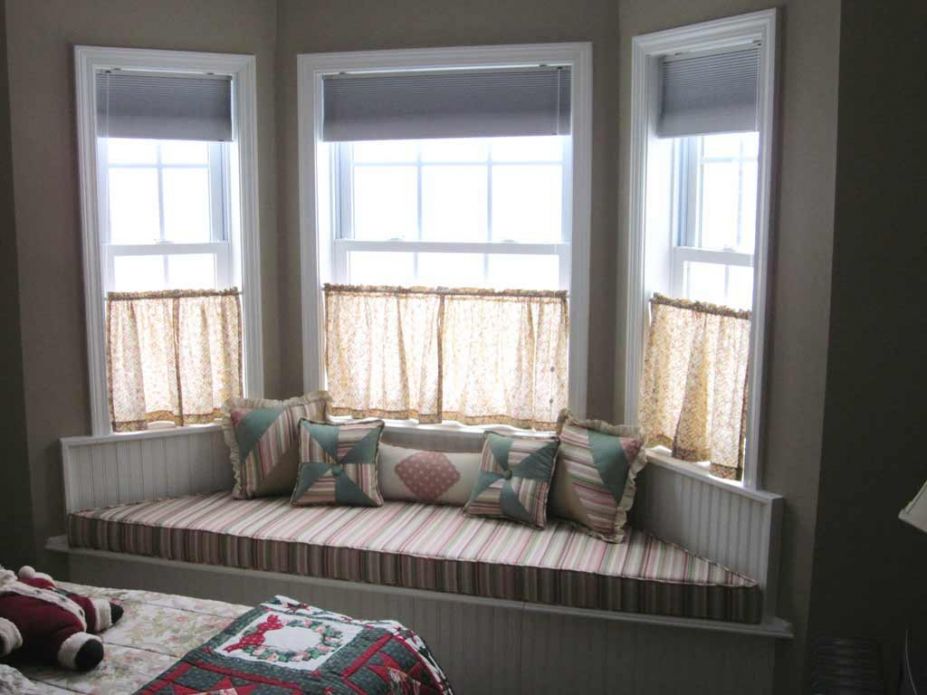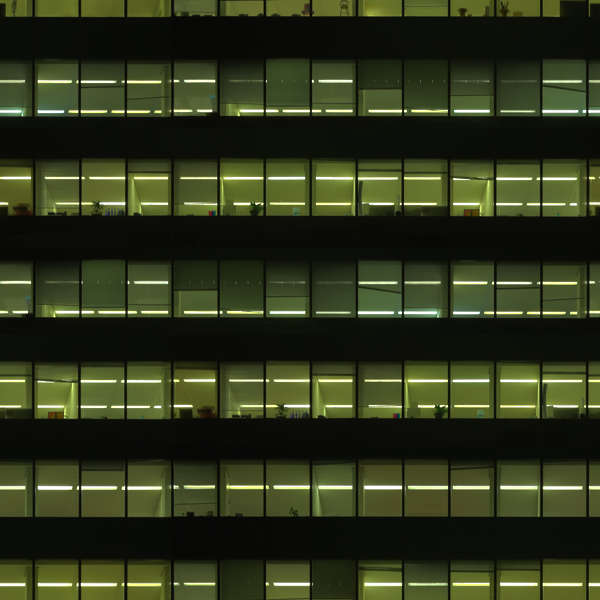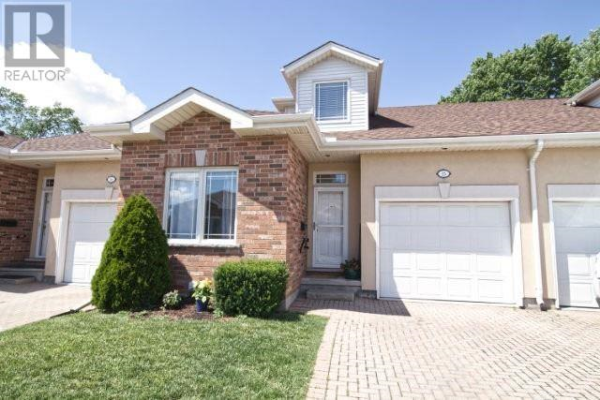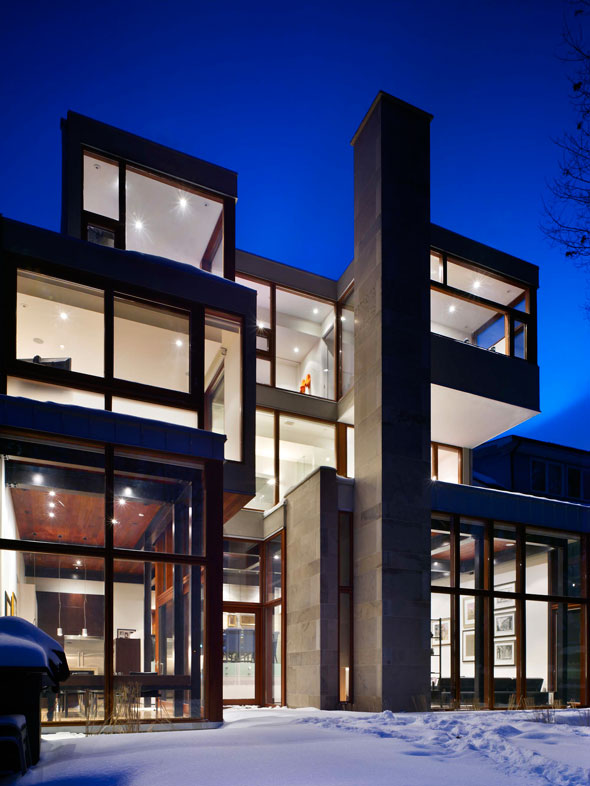Table of Content
First and foremost, remember that one way tint never works at night, and in fact, the effect works in the opposite direction when it is dark outside. There is currently no way to achieve 24-hour privacy with this glass film. Keep reading to find out how you can use this type of window film to increase your at-home privacy—without feeling like a complete shut-in. In the past, most awnings were made of metal or canvas, which need to be re-covered every five to seven years. Today, awnings are made from synthetic fabrics such as acrylic and polyvinyl laminates that are water-repellent and treated to resist mildew and fading.
UVA and UVB rays cause skin damage and increase the risk of skin cancer. By installing ceramic or solar window film, you can protect yourself and your family by blocking harmful UV rays. This can impact the amount of heat blocking or UV protection it offers.
How will smart windows improve in future?
At 7 to 8 millimeters thick, this film protects against forced entry. Dimmer switches on interior lighting are the best way to gain optimal privacy on the outside. Everything you need—offices, recent articles, products we use, and helpful videos. Part of feeling comfortable in your own home is knowing that you have a certain level of privacy from the outside world.
One advantage is that the room-side drapery will maintain around the same temperature as the interior space, adding to a room's comfort. Curtains are fabric interior coverings that are sized to fit the window, while drapes reach all the way to the floor. Roller shades are usually inexpensive shades that are raised or lowered from a roller bar fitted at the top of the window. Roman shades are fabric window shades that are drawn up into a series of evenly stacked folds when raised or lowered. Window quilts have a sheet of quilted material that can be opened by rolling and closed by unrolling. They typically fit snug against the trim, either on tracks or with an attachment such as Velcro or snaps.
How Does One Way Mirror Window Film Work?
Some professionals may charge a flat rate of $100 to $150 per door. Always check with your contractor to confirm how the tinting you choose is priced. It usually costs between $7 and $110 per square foot to install tinting on large, flat windows. On average, the larger the window, the cheaper the cost per square foot for tinting. One-way window film is designed by compressing an ultra-thin layer of reflective metallic material between an adhesive bottom layer and a protective top layer. Commonly known to as smart tint, switchable film offers an adaptable, technologically advanced level of privacy as it can be manually dimmed from clear to frosted on command.

Protection from UV light can be accomplished by film that addresses only the UV spectrum. As UV is one of the main sources of fading, it can prolong the life of fixtures and fittings. Basic colorless clear films reject some UV radiation up to 380 nm, and depending on the manufacturer, UV inhibitors are added to the polyester, with specialist films offering protection to 400 nm. Frosted finish films closely resemble sandblasted or acid-etched glass, while vinyl films are available in a range of colors. Both types of films are commonly used in commercial applications.
How Is Privacy Window Film Installed?
A professional will determine how much window tint you need for your home based on the purpose of the tinting. 3M offers various films for privacy and to reduce glare, but their security film is designed to keep your home safe by deterring forceful entry and protecting from blasts. Flat windows will be easier to treat, so they will be cheaper.
Most window coverings are operable, and yet 75% of residential window coverings remain in the same position every day, according to a study by the U.S. Don't fall into this habit - be strategic about which coverings you open and close throughout the day. AERC is an independent, public interest, non-profit organization whose mission is to rate, label and certify the energy performance of window attachment products. Tinting on sliding glass doors may be more expensive because they require a larger piece of continuous film. Installing a larger piece of tinting film is tricky because it needs to be measured precisely and applied without any fingerprints, creasing, or bubbles. It reduces the amount of light and UV rays that enter the home, but it doesn’t provide privacy at night.
Happy to provide you with free samples and a little training in exterior/interior light balancing, so you can “try the film’s on” for a bit. Electrochromic Materials and Devices by Roger J. Mortimer, David R. Rosseinsky, and Paul M. S. Monk . The first part of this book focuses on electrochromic materials and how they're made; the second part covers practical applications and case studies. New electrochromic materials by Natalie M. Rowley and Roger J. Mortimer, Science Progress, Vol. When investors are “here today, gone tomorrow,” residents face an uncertain future. But when residents know new businesses are “here today, here to stay,” they can plan for the growth of their communities, provide a stable future for their families, and ultimately become homeowners.

Security window film typically prevents the window from shattering to minimize injury. Tinting a 2-foot by 3-foot sunroom window usually costs between $42 and $660. The difference in price range is because of the different types of tints available for blocking UV rays and heat to maintain a steady and comfortable temperature in a patio or sunroom.
In order to reflect at its fullest, one-way window film must receive direct exterior light. With north-facing or heavily-shaded windows, this type of privacy window film might not be the best option. You can get daytime privacy with window film but the current products that are available do not allow for night time privacy if the lights are on. You can use a decorative film such as a frosted to achieve night time privacy, however, you will not be able to see in or out of that window during the day or night. Solar Art offers several films that will not only reduce glare, but reduce heat and blocks 99% of UVA and UVB rays. Solar film reduces up to 62% of of visible light that comes through your windows and will make watching movies much more enjoyable.

The national average runs between $5 and $10 per square foot, and labor prices in densely populated urban areas are generally more than in rural areas of the country. Be sure to ask your window tinting professional how they charge for labor. An unfettered view of the night sky and landscape, with complete privacy, is the #1 pro of one-way mirror films that also provide night privacy. Instead of placing a separator between the electrode layers, we can have an electrochromic material that changes color when a current passes through it. That's similar to what happens in photochromic sunglasses, but under precise electrical control.
Curved windows require more skill and equipment and will be more expensive. Sliding glass doors and large picture or bay windows will be more costly because they need larger pieces of film. On average, the cost to tint two 3-foot by 5-foot windows ranges from $210 to $720 for the film. To find the best home window tinting prices that fit your budget, an online search for “tint shop near me” will help find window tinting companies in your area. At Daystar Window Tinting Inc., we’ve been been installing window film and window tinting for homes, offices, and commercial buildings in the San Francisco Bay Area for over 45 years. We’re known for our high quality work and competitive pricing.

It’s important to note that heat-absorbing window tint should only be used on glass that is rated to resist the additional heat. Frosted glass film can run between $6 and $10 per square foot. Frosted film is typically applied on bathroom windows where privacy is important. It provides privacy during the day and night while allowing the light to come through. Decorative window film averages between $6 and $13 per square foot. Decorative film is usually used in bathrooms and front doors to allow light to come through while maintaining privacy.














